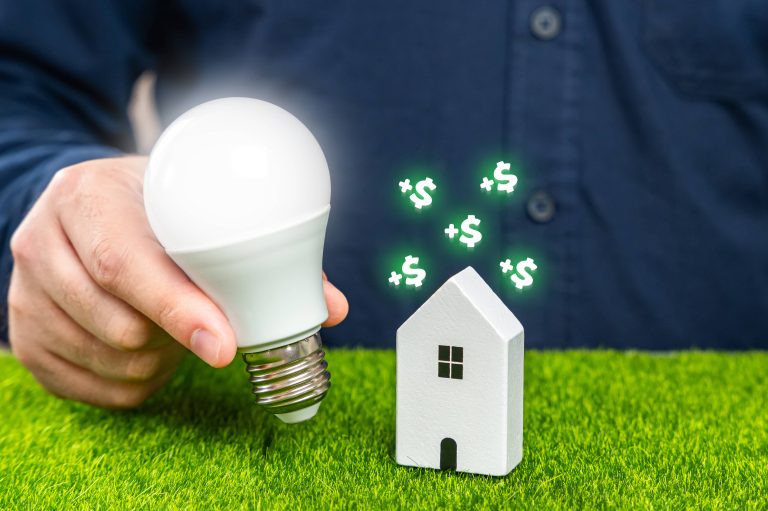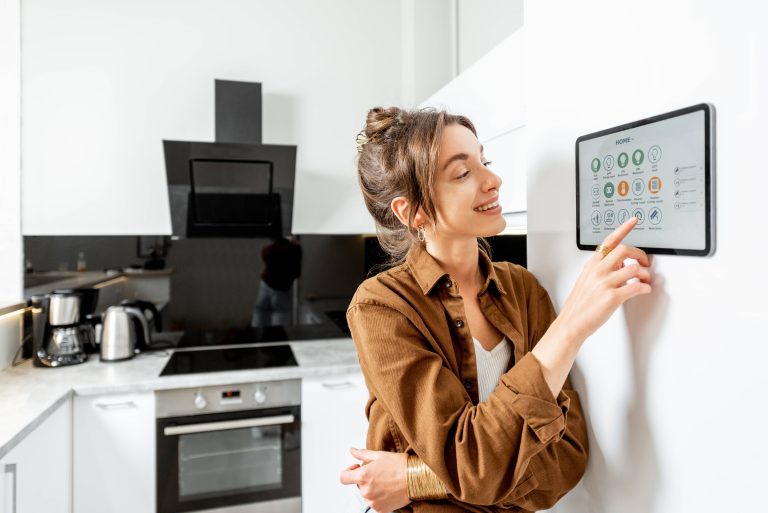
There is an undeniable revolution happening in the way we live, thanks to the advent and rapid evolution of smart home technology. As more and more people open their doors to smart devices, homeowners are increasingly able to enjoy unparalleled levels of convenience, comfort, and security. One standout feature of smart home technology is the ability to monitor your home from anywhere — whether you’re at work, on vacation, or simply out for a stroll. This capability can provide peace of mind and an added layer of security that traditional systems simply can’t match. In this blog post, we will explore the ins and outs of monitoring your smart home from anywhere, ensuring your privacy and security in the digital age.
Understanding Smart Home Monitoring Systems
Smart home monitoring systems are designed to give homeowners real-time access and control over their household devices and security systems via their smartphones, tablets, or computers. These systems typically include security cameras, motion detectors, smart locks, environmental sensors, and more. With the integration of the Internet of Things (IoT), these devices can communicate with each other and be controlled remotely through centralized apps.
Essential Components of Smart Home Monitoring
1. Security Cameras:
Security cameras are the eyes of any smart home monitoring system. Advanced features such as high-definition resolution, night vision, motion detection, and two-way audio can help you keep a vigilant eye on your property. These cameras often come with cloud storage, ensuring that you can always access recorded footage.
2. Smart Locks:
Smart locks provide enhanced control over who enters your home. Controlled via smartphone apps, these locks can be unlocked remotely to let in guests, family members, or service personnel. Additionally, you can receive notifications when your doors are locked or unlocked, offering real-time insights into access patterns.
3. Motion Detectors:
Motion sensors are vital for detecting unauthorized entry or unusual activity around your home. When integrated with security systems, these detectors can trigger alarms or send instant alerts to your device, giving you the opportunity to act quickly in case of a breach.
4. Environmental Sensors:
Environmental sensors, including smoke detectors, carbon monoxide sensors, water leak detectors, and temperature sensors, can alert you to potential hazards within your home. These sensors are indispensable in preventing damage and ensuring the safety of your household.
Benefits of Remote Monitoring
1. Real-Time Alerts and Notifications:
One of the primary benefits of remote monitoring is receiving real-time alerts. Whether it’s motion detected at the front door or a water leak in the basement, instant notifications enable you to take immediate action.
2. Convenience and Control:
Remote monitoring puts the control of your home at your fingertips. No matter where you are, you can adjust the thermostat, turn off lights, or check who’s at the door, thereby enhancing convenience and energy efficiency.
3. Enhanced Security:
With smart monitoring systems, your home is never left unprotected. The ability to keep an eye on your property 24/7, even when you’re away, provides a significant security advantage over traditional systems.
4. Crime Deterrent:
The visible presence of security cameras and smart systems can deter prospective intruders. Knowing that they are being monitored and recorded significantly reduces the likelihood of criminal activities.
5. Peace of Mind:
Perhaps the most invaluable benefit is the peace of mind that comes with knowing your home is secure. Whether you’re thousands of miles away or just down the street, the reassurance that you can check on your home at any time is truly comforting.
Ensuring Privacy in a Smart Home
While the benefits of smart home monitoring are plenty, it raises valid concerns regarding privacy and data security. Here are some notable strategies to ensure your smart home system doesn’t compromise your privacy:
1. Strong, Unique Passwords:
Use strong, unique passwords for each smart device and change them regularly. Avoid using commonly guessable information such as birthdays or simple numerical sequences.
2. Two-Factor Authentication:
Enable two-factor authentication (2FA) wherever possible. This adds an additional layer of security by requiring a second form of verification beyond just a password.
3. Secure Wi-Fi Networks:
Ensure that your home Wi-Fi network is secured with WPA3 encryption and a strong password. Regularly update your router’s firmware to protect against vulnerabilities.
4. Device Updates:
Keep your smart devices and their apps updated with the latest firmware and software versions. Manufacturers often release updates to patch security flaws.
5. Privacy Settings:
Be aware of the privacy settings on each of your devices and customize them according to your preferences. Turn off any unnecessary data sharing features and regularly check what information is being collected.
6. Purchase from Trusted Sources:
Always buy smart devices from reputable manufacturers. Trusted brands are more likely to prioritize security and provide timely updates.
Conclusion
Monitoring your smart home from anywhere is not just about increasing security; it’s about integrating technology to make life more manageable and give you peace of mind. As we embrace this smart revolution, it’s essential to balance the immense conveniences offered with the necessary measures to protect our privacy. This balance will allow you to fully reap the benefits of a smart home while ensuring that your data and personal spaces remain secure. Dive into the world of smart home monitoring and let technology safeguard your haven!







